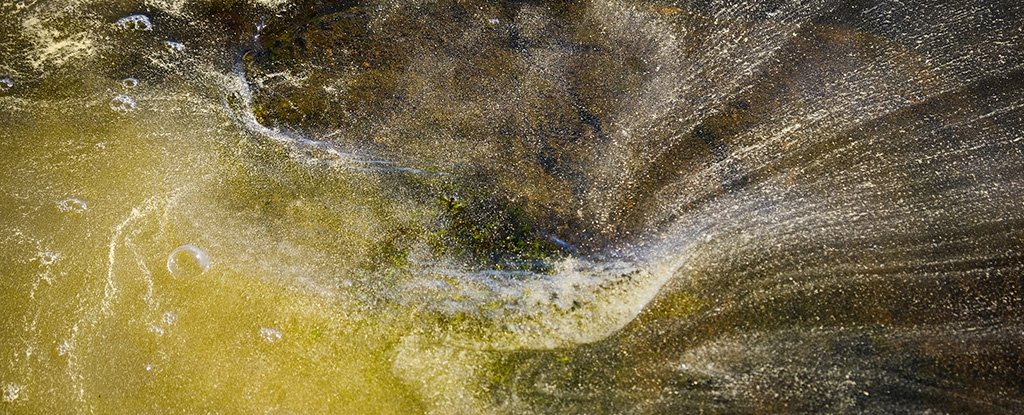Pollen grains from flowering plants were supposed to fly, sometimes traveling hundreds of kilometers in the wind. Now it seems that the climate crisis has accelerated these trips, causing the allergy season in some areas of the world to start earlier, last longer and become more severe each year.
In the past three decades, the higher temperatures of climate change have caused the pollen season in North America to increase by up to 20 days a year. At the same time, higher levels of CO2 mean that more pollen is produced in general in the spring. Similar trends have also been observed in Europe.
This increase in pollen is exacerbating all types of respiratory problems for those who are allergic, but there is another phenomenon at play that is often overlooked.
New research in southeastern Germany has found that the way pollen is transported in a warming world is also changing with weather patterns and atmospheric circulation, potentially spreading pollen to new areas and exposing people to different allergens for which their immune systems are not prepared.
The study focuses on the state of Bavaria, Germany, and uses six pollen monitoring stations in the region to track seven types of flowering plants.
From 1987 to 2017, the authors found that certain species, such as hazel bushes and alders, extended their flowering season by up to 2 days a year, adding 60 days to the pollen season in Bavaria at that time. In the same period, other plant species, such as birch and ash, began to bloom and release their pollen 0.5 days before each year.
What is more surprising, however, is how much of that pollen was non-native. At alpine monitoring stations, 75 percent of the pollen species were from outside Bavaria. In floodplain stations, 63 percent were related to non-local pollen sources, and this was true even in Bavaria’s main pollen station.
“This means that the actual pollen concentration is less dependent on local conditions,” write the authors, and more dependent on interregional wind and atmospheric patterns.
Changes in pollen transport could mean more pollen delivered during the day and night from other areas of the world, extending local allergy seasons and making them more variable in late spring.
The findings are in line with another recent study, conducted across Europe, and found that pollen transport alone is responsible for up to 20% of recent changes in grass pollen and up to 40% of changes in birch pollen. Sometimes, these extra charges can even appear at night, a time generally considered safe for allergy sufferers to air their homes.
“Pollen transport has important implications for the duration, time and severity of the allergen pollen season,” said ecoclimatologist Ye Yuan of the Technical University of Munich.
Research in Bavaria is one of the first regional studies on the subject and suggests that, even before spring, pollen transport from other parts of the world is not unprecedented.
Between 2005 and 2015, the authors found that pre-season pollen was common, even when that particular plant was not yet flowering in Bavaria. In fact, many non-local pollens were showing up at least 10 days before local sources.
“Even within the main pollen season, 70 percent of the pollen season’s start dates were linked to transport,” write the authors, and this suggests that the pollen season has “only a weak dependence on the flourishing of local sources of pollen. pollen”.
Where exactly all of this non-native pollen comes from is another issue that falls outside the scope of this specific study, but it is something worth investigating in the future.
“We were surprised that pollen transport in the pre-season is a very common phenomenon, being observed in two thirds of the cases”, admits eco-climatologist Annette Menzel, also from the Technical University of Munich.
By taking this factor into account, the pollen season may be even longer than previous estimates, adds Menzel.
Pollen allergies already affect up to 40 percent of the population in Northern Europe, and recent studies suggest that higher pollen concentrations, longer pollen seasons and the spread of pollen to new areas (where people are not sensitized) can make the problem, so much worse.
“Especially for mild allergens [pollen], long-distance transport can seriously influence local human health, “argues Yuan.
We just don’t know to what extent yet.
The study was published in Borders in allergy.
